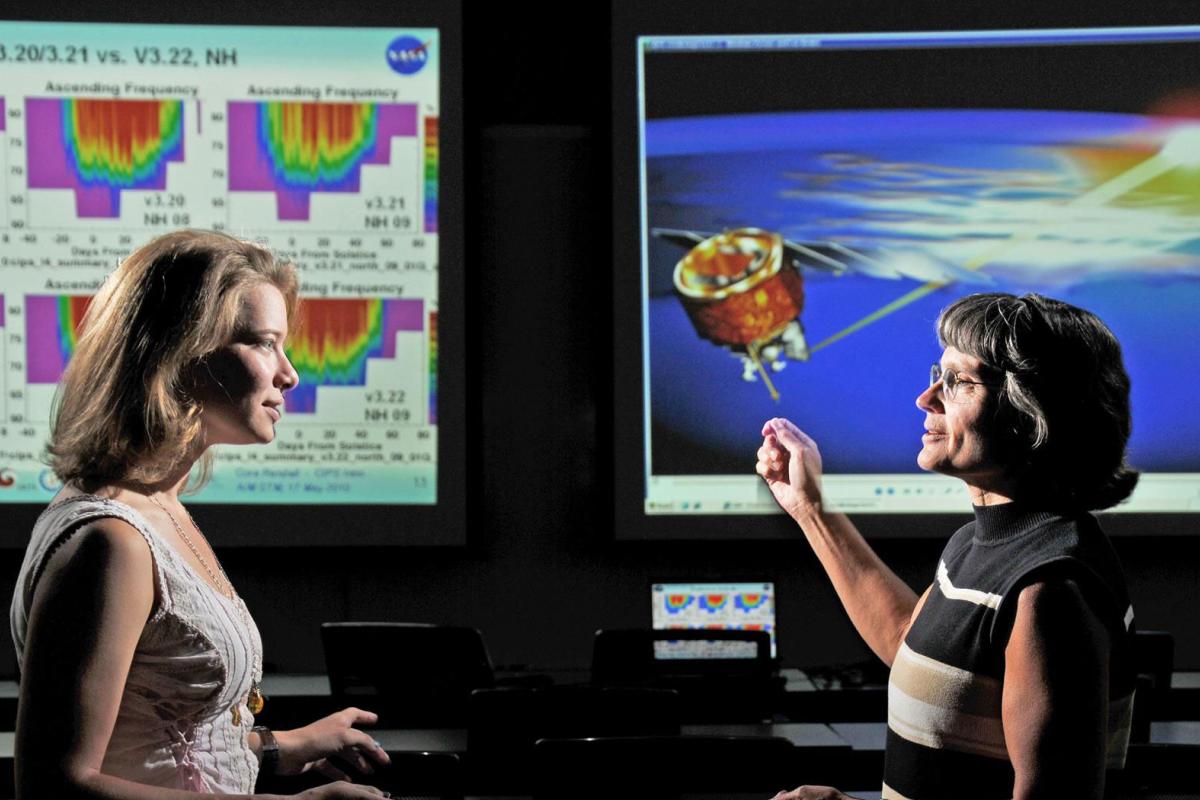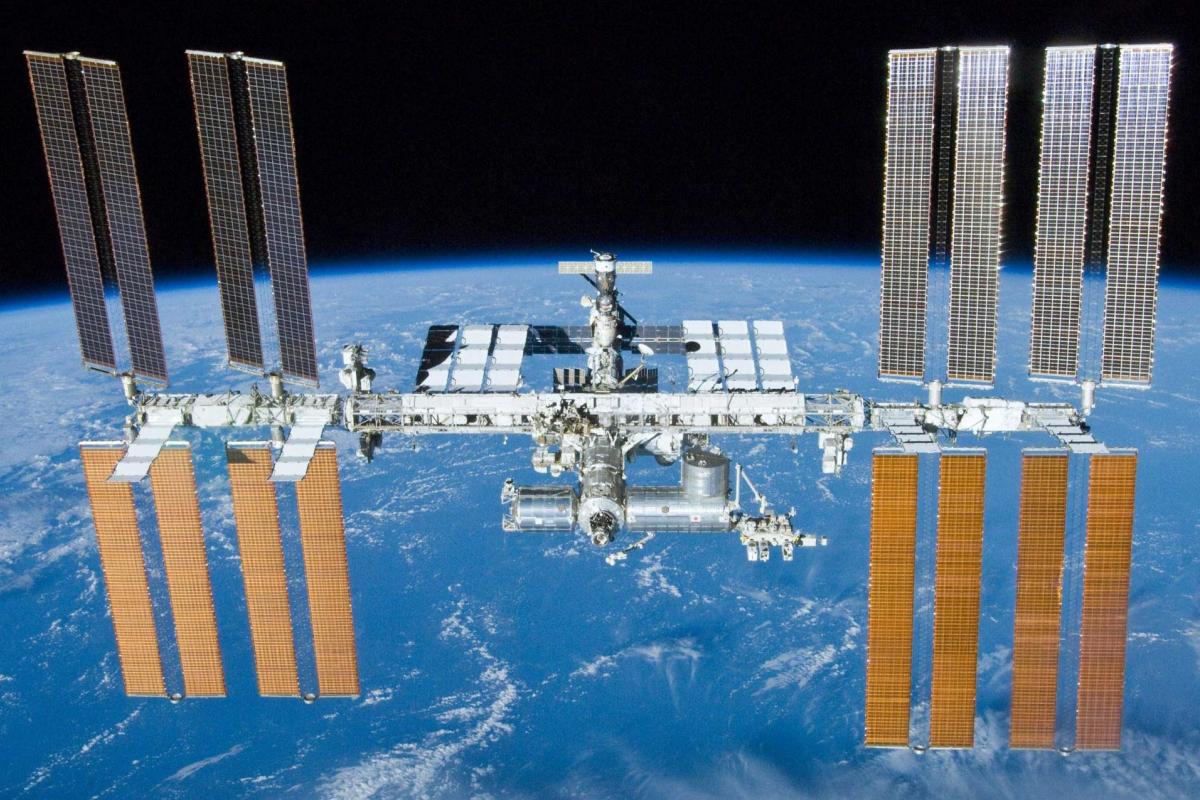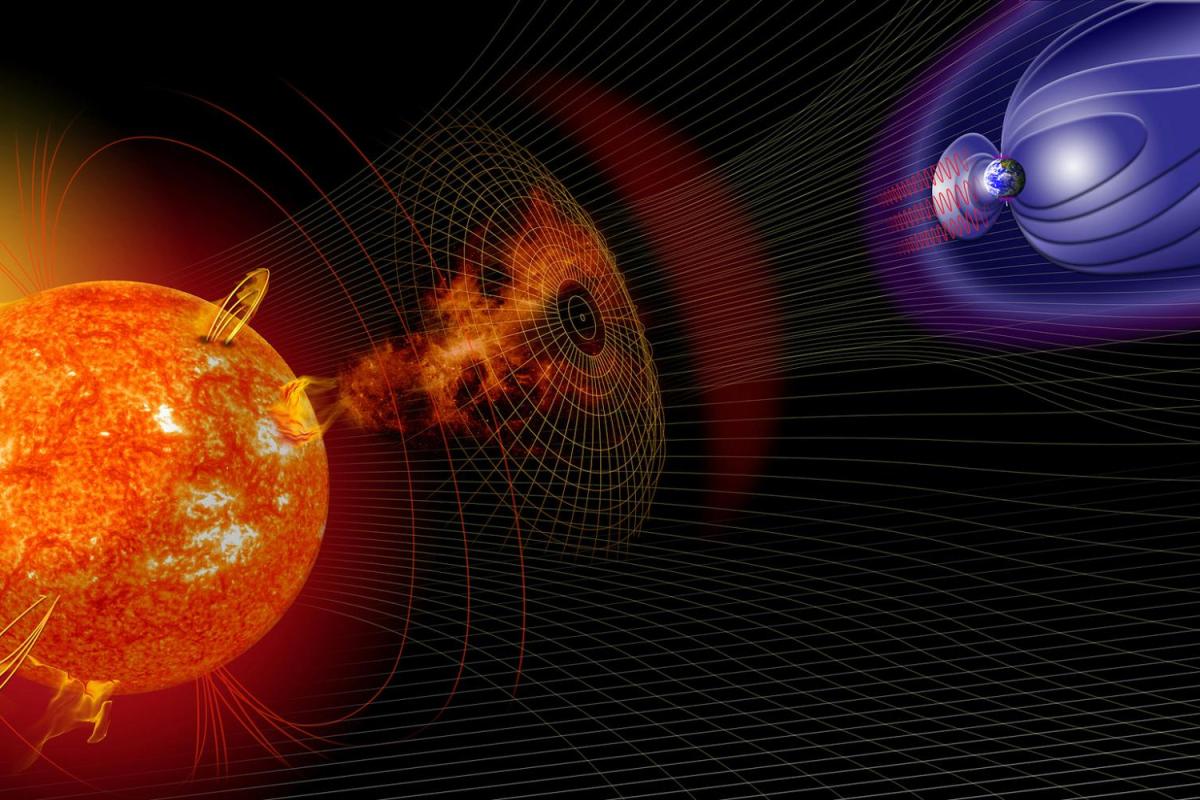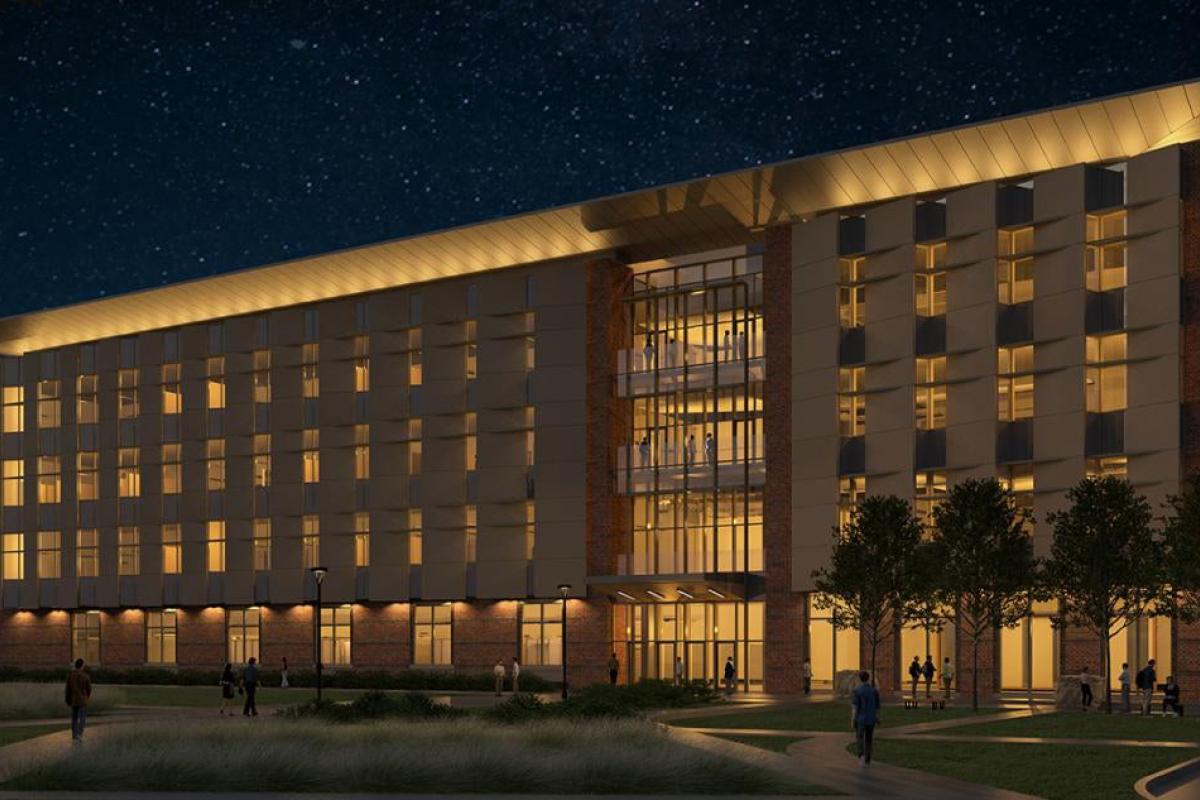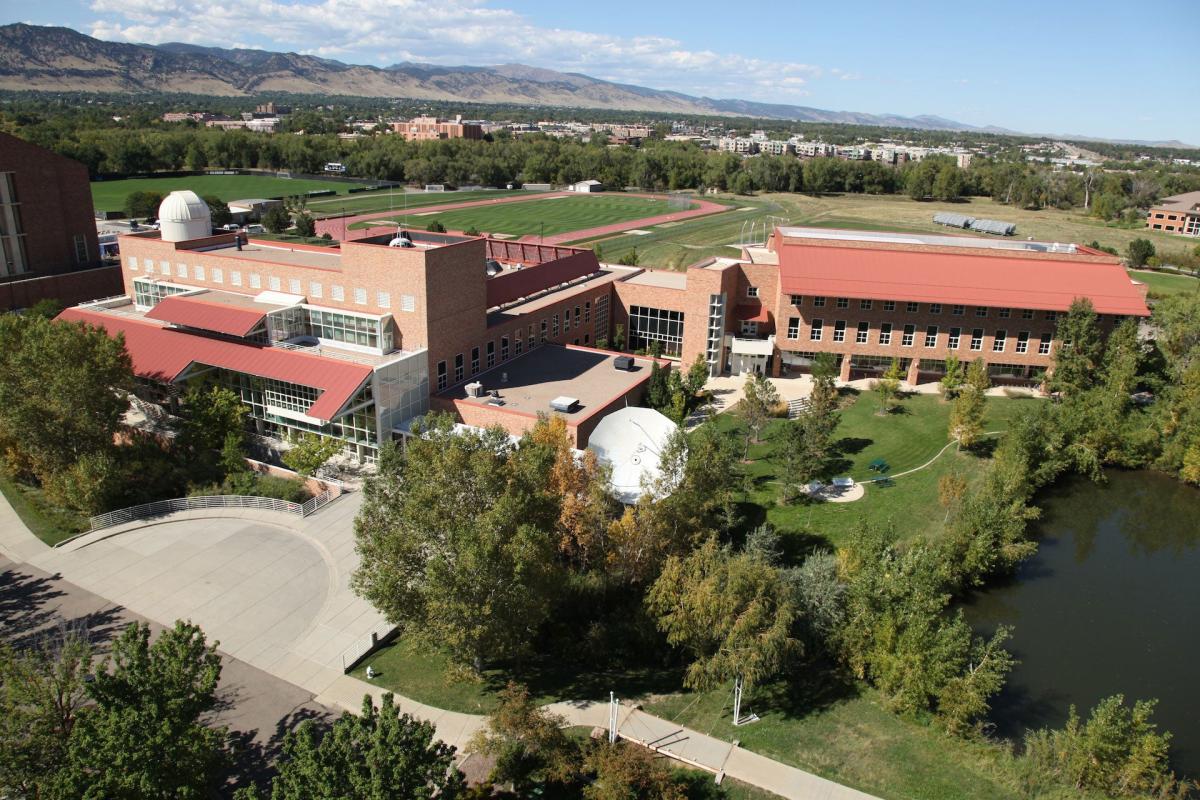Aerospace
Pioneering new technologies
Enhancing research infrastructure
Inspiring a new generation of STEM innovators
Latest Aerospace News
Aerospace In-Depth Stories
19
CU-affiliated NASA astronauts
$120+
million in aerospace-related research annually
8
All 8 planets visited, plus Pluto and beyond our solar system
20+
aerospace-related academic departments, centers and institutes


